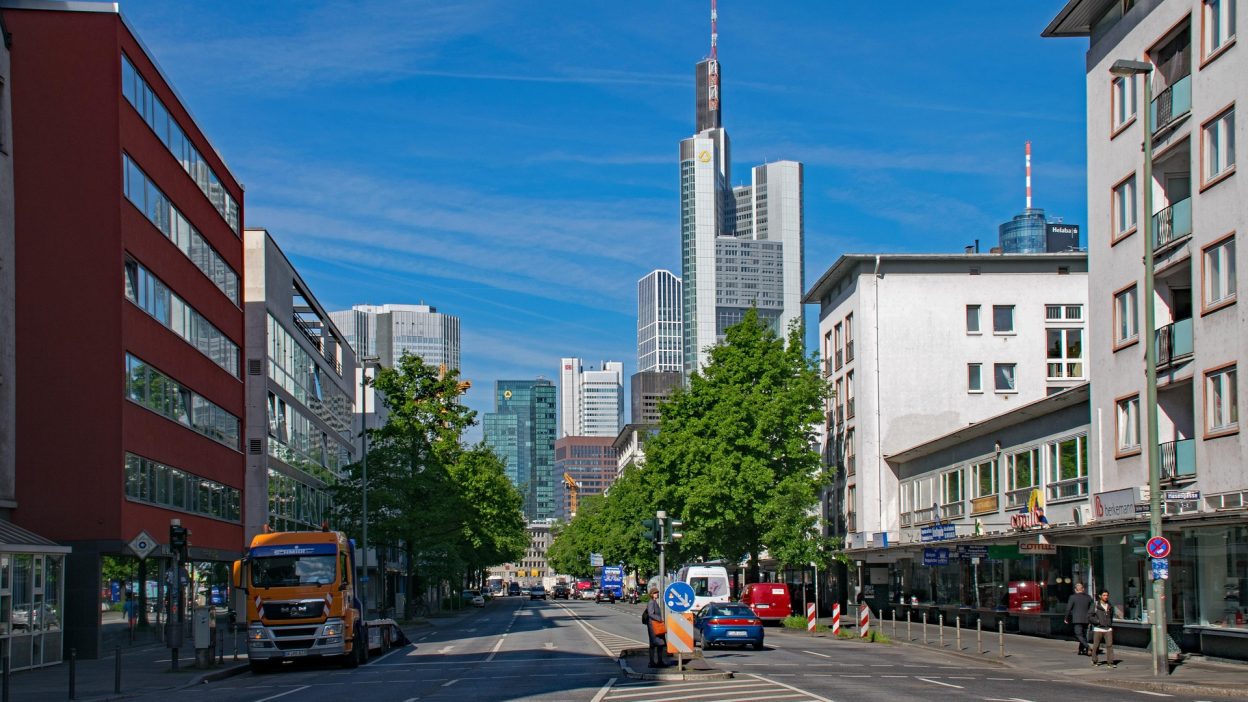Secrets behind the world’s most iconic high-rises
In the world of modern architecture, few structures inspire as much awe and fascination as skyscrapers. These towering giants, reaching into the sky, have become symbols of innovation, strength, and human ingenuity. As we marvel at their impressive heights and sophisticated designs, there’s much more to these structures than meets the eye. From groundbreaking engineering feats to eco-friendly solutions, skyscrapers represent the pinnacle of what can be achieved in the world of architecture. Let’s dive into some of the most iconic and remarkable skyscrapers and uncover the secrets behind their breathtaking designs.
The Burj Khalifa: The Tallest of Them All
At the top of the skyscraper hierarchy stands the Burj Khalifa in Dubai, the tallest building in the world. Standing at an astounding height of 828 metres (2,717 feet), it’s almost twice as tall as the Empire State Building and three times taller than the Eiffel Tower. If you were to line up the Burj Khalifa’s pieces end to end, they would stretch for over a quarter of the way around the globe!
What makes it so special?
- Unmatched Elevators: The elevator in the Burj Khalifa takes less than 90 seconds to travel to the top. Visitors can enjoy the unique experience of watching two sunsets within minutes: one from the bottom and another from the top, thanks to the building’s extraordinary height.
- Engineering Marvel: The Burj Khalifa uses cutting-edge engineering solutions to withstand extreme weather conditions, including powerful winds. Its design also includes 24,000 windows, all cleaned manually with soap and water by a dedicated team of cleaners working year-round.
One World Trade Center: A Tribute to Resilience
In New York, One World Trade Center, also known as the Freedom Tower, stands as a beacon of resilience and strength. Standing at 1,776 feet, its height commemorates the year the Declaration of Independence was signed, symbolising the nation’s unity after tragedy.
Impressive Features:
- Concrete Power: The skyscraper used enough concrete to build a sidewalk from New York City to Chicago, and the structure has enough glass to cover 20 football fields.
- Steel Strength: It also contains as much steel as in 20,000 cars. The building was designed to survive everything from terrorist attacks to extreme weather conditions, proving how modern engineering can adapt to unpredictable challenges.
The Willis Tower: Engineering from Nature
The Willis Tower (formerly the Sears Tower) in Chicago has been an iconic part of the city’s skyline since it was completed in 1973. Standing at 1,450 feet, it was the tallest building in the world for 25 years. Today, it remains an engineering marvel that combines innovative design with natural inspiration.
Inspiration from Nature:
- Termite-Inspired Ventilation: Engineers took a lesson from African termites and their ability to regulate temperature in their mounds. The Willis Tower mimics this system with a ventilation design that circulates fresh air naturally, reducing the need for air conditioning. A sustainable solution that’s both efficient and environmentally friendly.
The Shanghai Tower: A Green Giant
The Shanghai Tower in China stands at 2,073 feet, making it the second tallest building in the world. But it’s not just about height. This skyscraper is an example of sustainable architecture, blending advanced technology with eco-friendly initiatives.
Eco-Friendly Features:
- Energy Efficiency: The tower’s unique twisting design reduces the wind load on the building, while the 270 wind turbines on the roof generate over 10% of the building’s electricity.
- Water Recycling: The Shanghai Tower is also committed to sustainability with its rainwater collection system and wastewater recycling, making it one of the greenest skyscrapers on the planet.
The Flame Towers: Azerbaijan’s LED Icons
Located in Baku, Azerbaijan, the Flame Towers are an unforgettable sight, especially at night. These three skyscrapers, designed to resemble flames, are completely covered in LED screens that make them look like giant, flickering flames as they illuminate the skyline.
Eye-catching Design:
- LED Display: The buildings’ LED screens make them visible from the farthest corners of the city, creating a stunning visual effect after sunset. The design pays homage to the country’s historic connection to fire and natural gas, making the Flame Towers both a modern and cultural symbol.
The Elephant Building: A Playful Design in Bangkok
In Bangkok, the Elephant Building offers a playful twist on the traditional skyscraper. Comprising seven parts, including residential spaces, pools, and garages, this unusual structure takes the form of an elephant with large, round windows as eyes and distinct “ears” and “tusks.”
Unique Features:
- The elephant shape is not just for fun. The design maximises space while creating a standout visual identity for the city. It’s one of the most unique high-rise buildings in the world, combining art, function, and creativity.
The Future of Skyscrapers: Ambitious Projects
Architects and engineers are already working on the next generation of skyscrapers, and some proposals are truly mind-boggling. One such concept is the Exceed 4000, a hypothetical structure that could rise more than 2.5 miles (around 4 km) tall with a base that spans almost 4 miles. This monumental building could house 1 million people!
Incredible Vision: While still a concept, the Exceed 4000 would cost an estimated $1.4 trillion to build and would push the limits of what’s possible with current technology and resources. While no country has stepped forward to fund such a project, it shows just how far our imagination can go when it comes to high-rise design.




